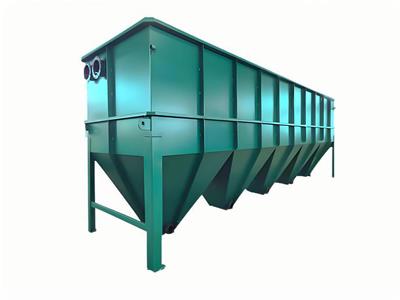- 2025-07-07
Aquifer
An aquifer is a geological structure composed of rock, soil, and sand in underground water sources, where groundwater is naturally stored through tiny pores or fractures. This system can hold a large amount of water resources, providing humans with drinking water and supporting various uses such as agricultural irrigation, industrial production, and commercial activities.
Aquifers typically have irregular shapes and can be located at shallow depths near the surface or deep underground: shallow aquifers are easily accessible for water extraction but are prone to contamination from surface pollutants (such as chemicals) due to their proximity to porous rocks near the surface; deep aquifers are less susceptible to pollution but require higher costs for water extraction. Multiple aquifers often overlap in distribution, leading to significant differences in well water quality in residential areas.
When water storage is insufficient, excessive pumping can cause aquifers to dry up, leading to ground subsidence or collapse, threatening the safety of buildings above. Humans rely heavily on aquifers—they supply drinking water to more than half the population in the United States and almost all rural water usage; over 60% of groundwater is used for crop irrigation, while groundwater is also the core source of water for global industry. Given that humans can only utilize about 1% of surface water resources, aquifers have become an indispensable way to access groundwater.






